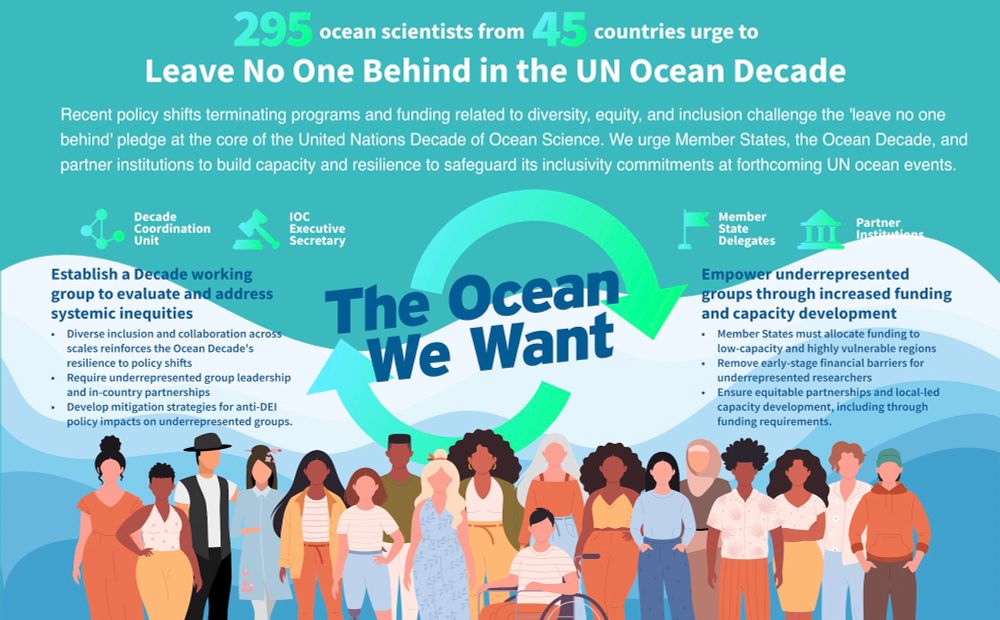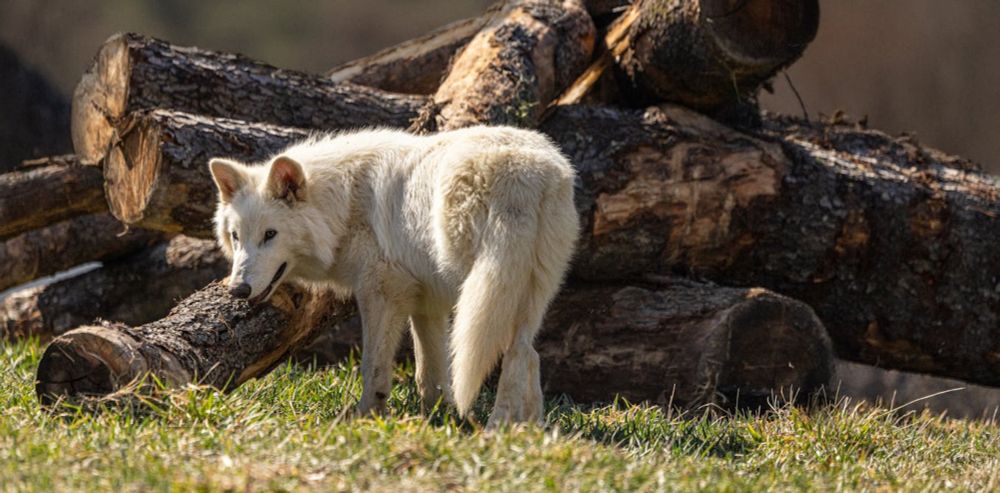Lise Fournier-Carnoy
@lisefc.bsky.social
250 followers
130 following
1 posts
PhD student at the University of Western Australia.
Living and Working on Wadandi Country.
Studying indigenous wisdom, fish and seabirds 🐠🐦
Posts
Media
Videos
Starter Packs
Pinned
Reposted by Lise Fournier-Carnoy
Reposted by Lise Fournier-Carnoy
Stuart Spray
@stuartspray.bsky.social
· May 19

'MPs Need to Listen to the Scientists, Not the Oligarchs’ — Scientists Sound the Climate Alarm at Westminster
Chris Packham was joined by more than 150 scientists in a demonstration urging Westminster to start listening to the overwhelming scientific consensus on climate change
bylinetimes.com
Reposted by Lise Fournier-Carnoy
Reposted by Lise Fournier-Carnoy
Reposted by Lise Fournier-Carnoy







